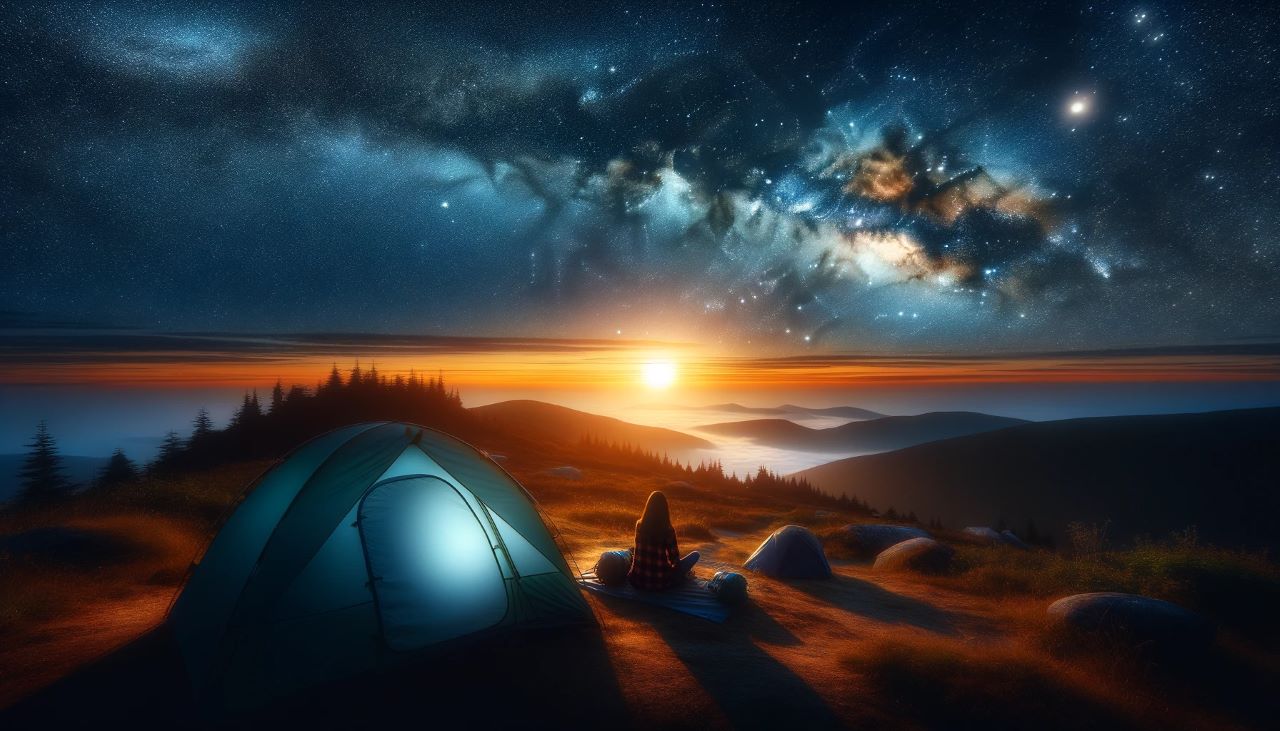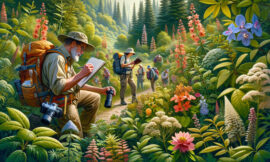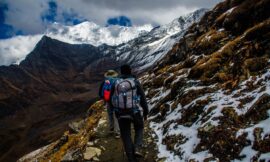Hiking and stargazing are two activities that, when combined, offer an unparalleled appreciation for the natural world. These activities allow us to traverse the beauty of the earth by day and marvel at the vastness of the universe by night. This article will explore how the intertwining of hiking and stargazing can enrich the outdoor experience.
The Daytime Trek: Preparing for Nightfall
A hike is not just a journey through landscapes; it’s a preparation for the coming spectacle of the night sky. Choosing the right trail is crucial; ideally, it should offer clear night skies away from the light pollution of cities. Trails that lead to higher altitudes are often perfect for stargazing due to the thinner atmosphere above.
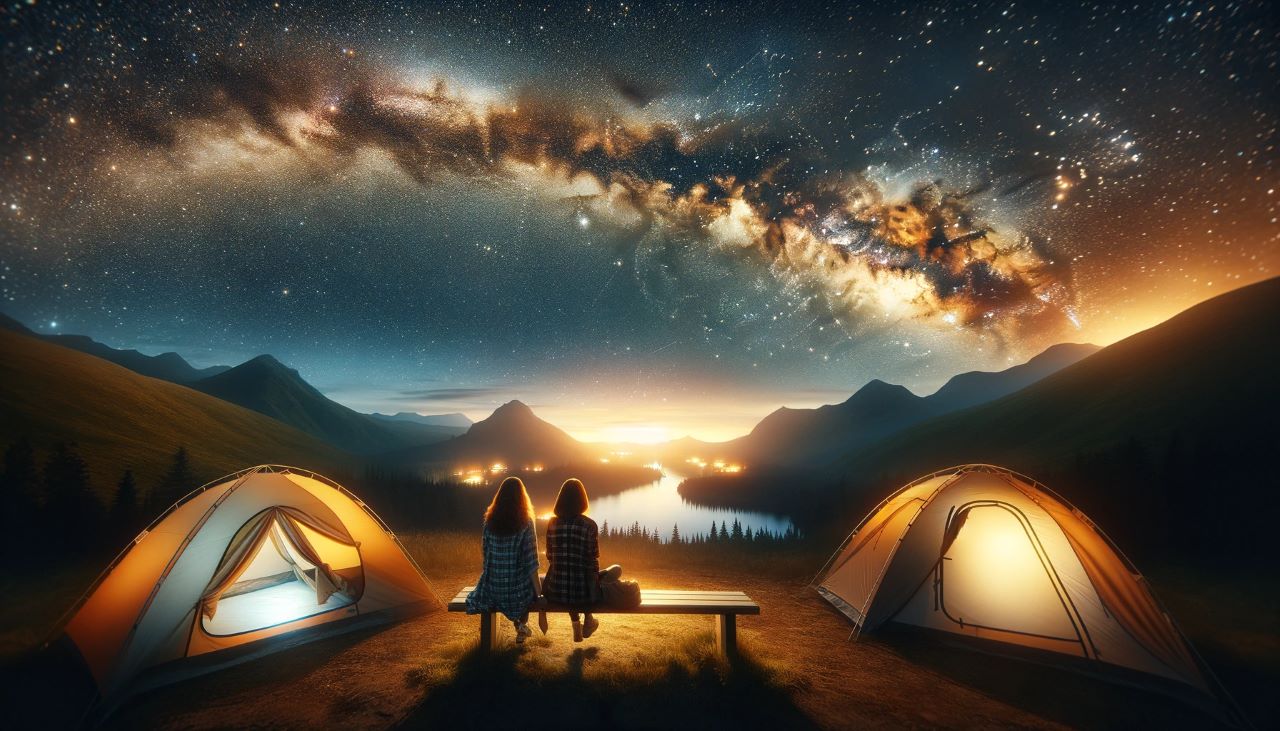
Understanding the Celestial Map
To fully appreciate the night sky, it helps to have some understanding of what you’re looking at. The constellations, planets, and celestial events each tell a story and have their own rhythm and timing. Apps and star charts can be invaluable tools for identifying these features and planning your stargazing experience.
Gear for the Night Sky Enthusiast
Aside from standard hiking gear, a few additional items can enhance your stargazing experience. A red-light headlamp preserves night vision while reading star maps or setting up a telescope. Speaking of telescopes, a portable and sturdy one can be a great addition to any stargazing hike, allowing a closer look at planets, moons, and stars.
Finding the Perfect Spot
Once you’ve reached your destination, finding the perfect spot to lay back and watch the stars is essential. An open area with a wide view of the sky and minimal obstructions like trees or mountains will provide the best viewing experience. Remember to give your eyes time to adjust to the darkness—this can take up to 30 minutes.
The Rhythms of the Night Sky
Stargazing while on a hike isn’t just about seeing stars; it’s about witnessing the rhythms of the cosmos. Meteor showers, the phases of the moon, and the movement of the planets all offer a dynamic show to those patient enough to watch. Aligning your hike with these events can greatly enhance the experience.
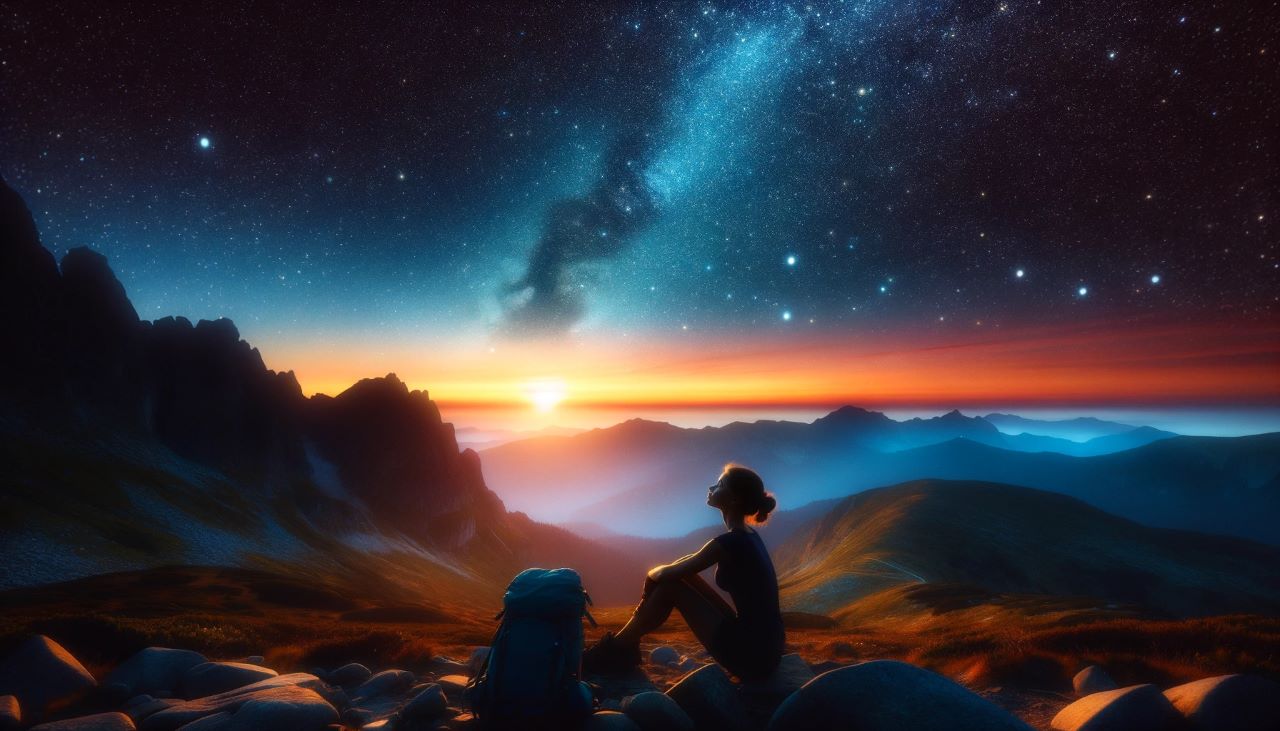
Conservation and Respect
Light pollution is a growing concern that affects both hikers and astronomers. Being mindful of how we use light and advocating for dark sky initiatives are ways we can preserve the night sky for future generations. Additionally, ensuring that we leave no trace during our hikes helps maintain the pristine nature of our wilderness areas.
The Profound Connection of Hiking and Stargazing
Ending a day of hiking by looking up at the stars puts everything into perspective. It’s a profound experience that connects us to the universe and to the countless generations of humans who have looked up in wonder. Stargazing reminds us that while we may trek across the earth, we are also part of a much larger cosmos.
Combining hiking with stargazing offers a holistic experience of nature’s wonders. By engaging with both the earth beneath our feet and the sky above, we can gain a deeper appreciation for our place in the universe. This article calls to all nature enthusiasts to embrace the dual adventure of hiking and stargazing, to find solace in the stillness of nature, and to wonder at the vastness of the night sky.
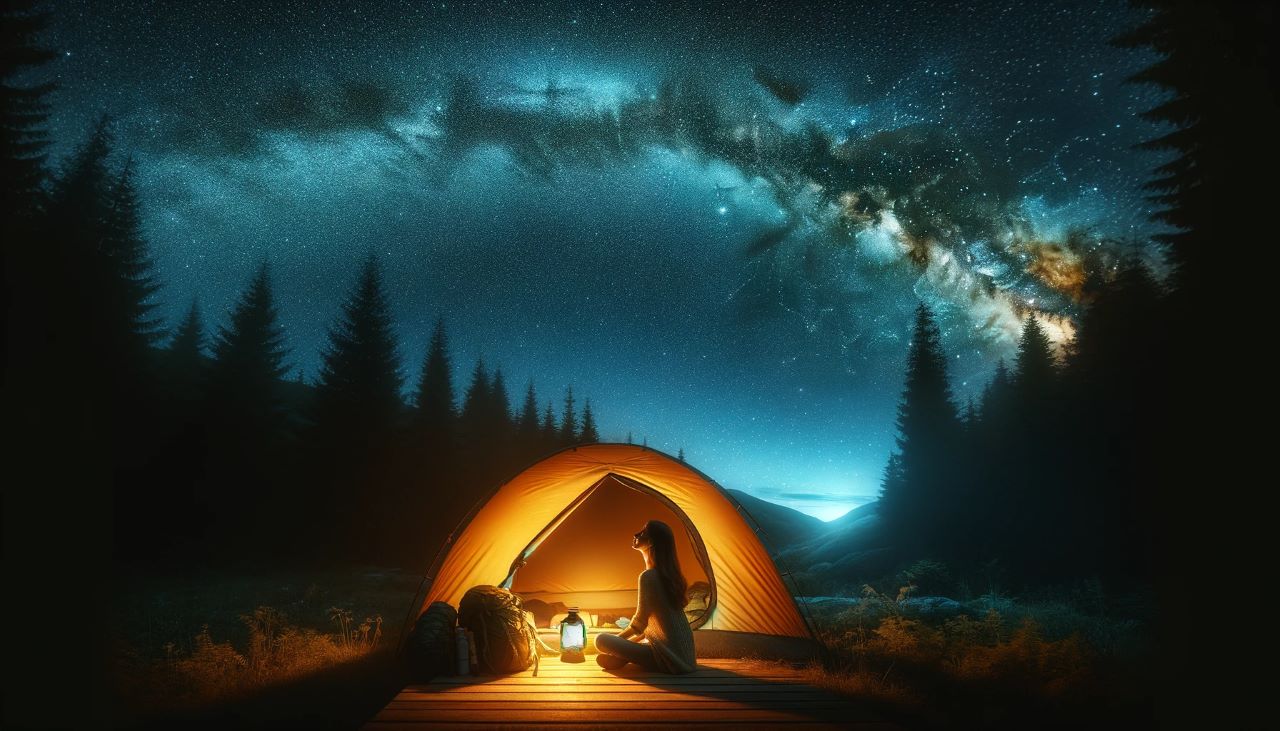
To illustrate the magical experience of hiking and stargazing, let’s create a photograph-like painting. It will show a female hiker in the foreground, resting after a day’s hike, her gaze lifted towards a spectacular night sky filled with stars. This image will embody the awe-inspiring combination of hiking through nature and the cosmic ballet of stargazing. The 16:9 ratio image will be rich with the colors of a twilight sky transitioning to the deep blues and blacks of space, inviting viewers to imagine themselves under the starry canopy.

